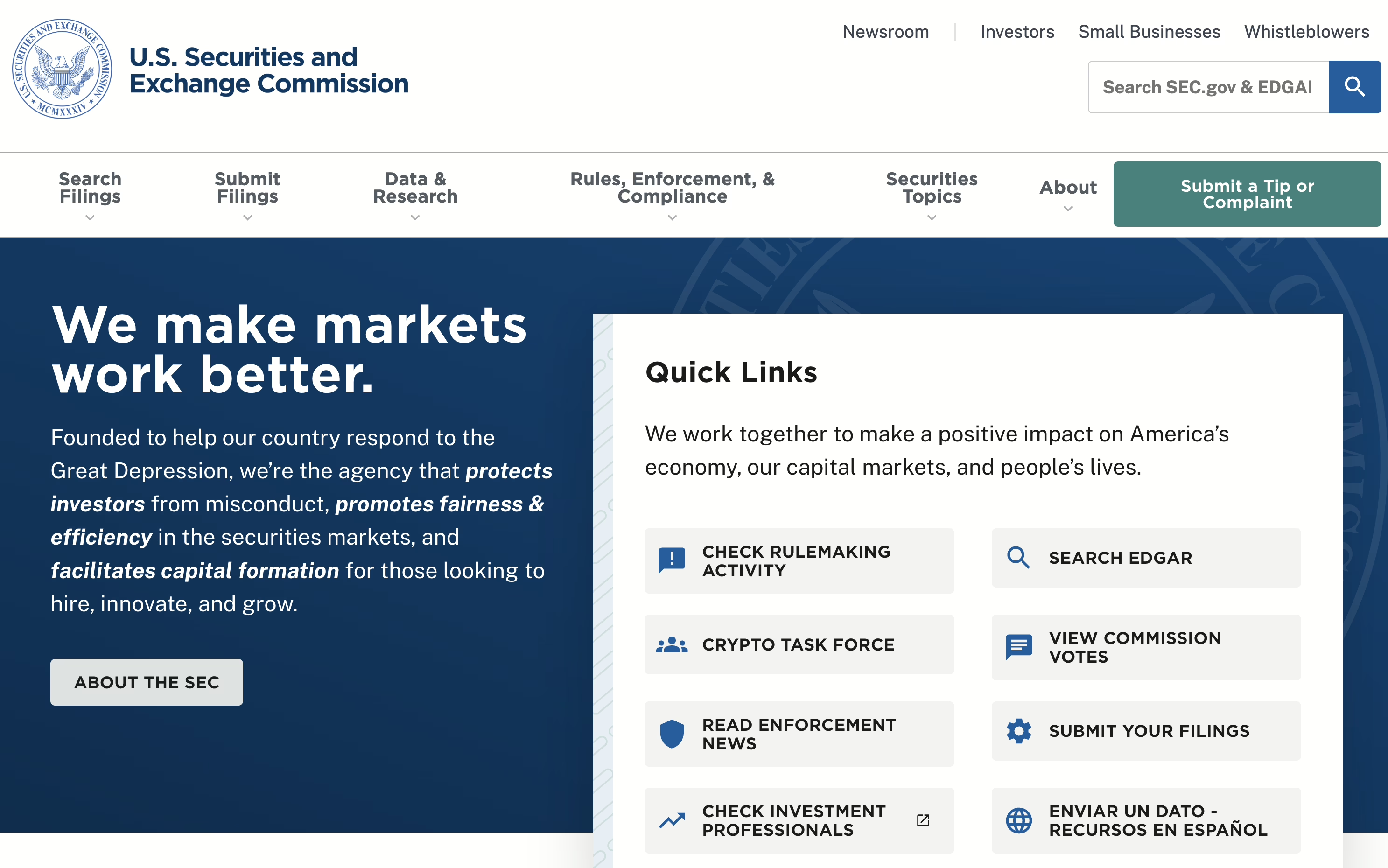The annual report on Form 10-K is a comprehensive document that U.S. publicly traded companies are required to file annually with the Securities and Exchange Commission (SEC). Think of it as a detailed autobiography of the company’s financial health and business activities over the past fiscal year. While a company also produces a glossy “annual report to shareholders,” the 10-K is a more in-depth and legally binding document that adheres strictly to the SEC’s guidelines.
Here’s a breakdown of what makes the 10-K so significant:
Key Purposes:
- Transparency for Investors: The primary goal is to provide investors, potential investors, and other stakeholders with a detailed and transparent view of the company’s financial performance, risks, and operational details. This information empowers them to make informed investment decisions.
- Regulatory Compliance: Filing the 10-K is a legal requirement for publicly traded companies, ensuring they meet their obligations under the Securities Exchange Act of 1934.
- Comprehensive Overview: It offers a holistic picture of the company, going beyond just financial figures to include its history, organizational structure, business segments, products, services, and the competitive landscape.
- Risk Disclosure: A crucial section outlines the various risks the company faces or anticipates facing, providing investors with insights into potential challenges.
Key Information Included:
The 10-K follows a standardized format dictated by the SEC, typically including the following sections:
- Part I:
- Item 1: Business: A detailed description of the company’s operations, including its products and services, markets, distribution methods, competition, and regulatory environment.
- Item 1A: Risk Factors: A discussion of the significant risks that could negatively impact the company’s future performance. These are usually listed in order of importance.
- Item 1B: Unresolved Staff Comments: Disclosure of any unresolved comments received from the SEC staff on previously filed reports.
- Item 1C: Cybersecurity: Information about the company’s risk management and strategy related to cybersecurity threats, including any material incidents.
- Item 2: Properties: Information about the company’s significant physical properties, such as manufacturing plants, offices, and warehouses.
- Item 3: Legal Proceedings: Details about any material pending legal proceedings.
- Item 4: Mine Safety Disclosures: Required for companies involved in mining operations.
- Part II:
- Item 5: Market for Registrant’s Common Equity, Related Stockholder Matters and Issuer Purchases of Equity Securities: Information about the company’s stock, including trading prices, dividends, and any repurchases of shares.
- Item 6: Selected Financial Data: A summary of key financial data for the past five years, providing a historical perspective.
- Item 7: Management’s Discussion and Analysis of Financial Condition and Results of Operations (MD&A): This is a critical section where management discusses the company’s performance, financial condition, and future outlook, explaining the reasons behind the financial results.
- Item 8: Financial Statements and Supplementary Data: The company’s audited financial statements, including the balance sheets, income statements (or statements of operations), cash flow statements, and statements of stockholders’ equity. These are prepared in accordance with Generally Accepted Accounting Principles (GAAP).
- Item 9: Changes in and Disagreements with Accountants on Accounting and Financial Disclosure: Disclosure of any changes in the company’s independent auditors and any disagreements related to accounting principles.
- Item 9A: Controls and Procedures: Information about the company’s internal controls over financial reporting.
- Item 9B: Other Information: Any other information that the company deems important to disclose.
- Part III:
- Item 10: Directors, Executive Officers and Corporate Governance: Information about the company’s directors and executive officers, their backgrounds, compensation, and corporate governance practices.
- Item 11: Executive Compensation: Detailed information about the compensation of the company’s key executives.
- Item 12: Security Ownership of Certain Beneficial Owners and Management and Related Stockholder Matters: Information about1 the ownership of the company’s shares by significant shareholders, directors, and officers.
- Item 13: Certain Relationships and Related Transactions, and Director Independence: Disclosure of any related-party transactions and information about the independence of the company’s directors.
- Item 14: Principal Accountant Fees and Services: Details about the fees paid to the company’s independent auditors.
- Part IV:
- Item 15: Exhibits and Financial Statement Schedules: A list of all exhibits filed as part of the 10-K, including contracts and other important documents, as well as any supplementary financial statement schedules.
- Item 16: Form 10-K Summary: Allows companies to provide a voluntary summary of key information.
Key Differences from the Annual Report to Shareholders:
While both documents provide information about a company’s performance, they have distinct characteristics:
- Purpose and Audience: The 10-K is primarily for regulatory purposes and sophisticated investors who require detailed financial and operational information. The annual report to shareholders is often a more marketing-oriented document aimed at a broader audience, including individual investors.
- Form and Content: The 10-K is a standardized form with specific requirements and tends to be a more technical and lengthy document with detailed financial statements. The annual report to shareholders often includes glossy visuals, charts, and a letter from the CEO, focusing on the company’s highlights and strategic narrative.
- Level of Detail: The 10-K contains significantly more detailed financial and operational information compared to the annual report to shareholders.
- Legal Obligation: Filing the 10-K is a mandatory legal requirement with strict adherence to SEC rules. The annual report to shareholders has more flexibility in its presentation.
Where to Find the 10-K:
Investors can access a company’s Form 10-K through the SEC’s EDGAR (Electronic Data Gathering, Analysis, and Retrieval) database on the SEC website. Most companies also provide a link to their SEC filings in the investor relations section of their own websites.
 In conclusion, the annual report on Form 10-K is a vital resource for anyone seeking a comprehensive understanding of a publicly traded company’s business and financial health. It provides a wealth of information that can be invaluable for making informed investment decisions.
In conclusion, the annual report on Form 10-K is a vital resource for anyone seeking a comprehensive understanding of a publicly traded company’s business and financial health. It provides a wealth of information that can be invaluable for making informed investment decisions.
